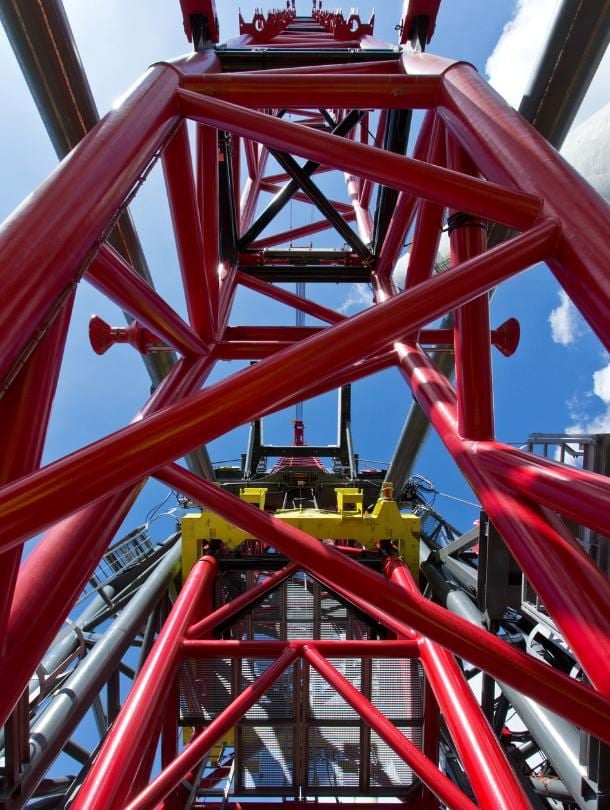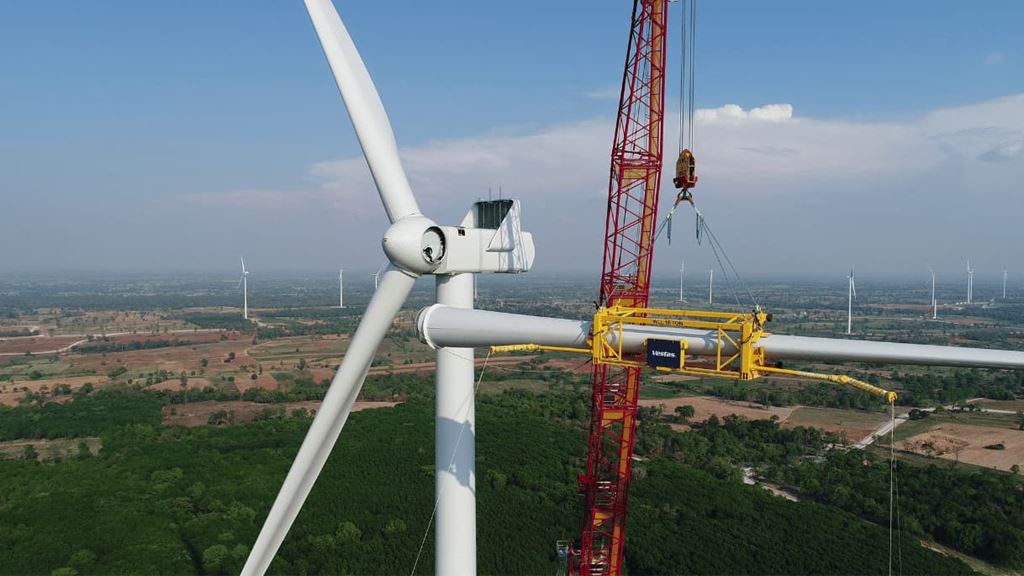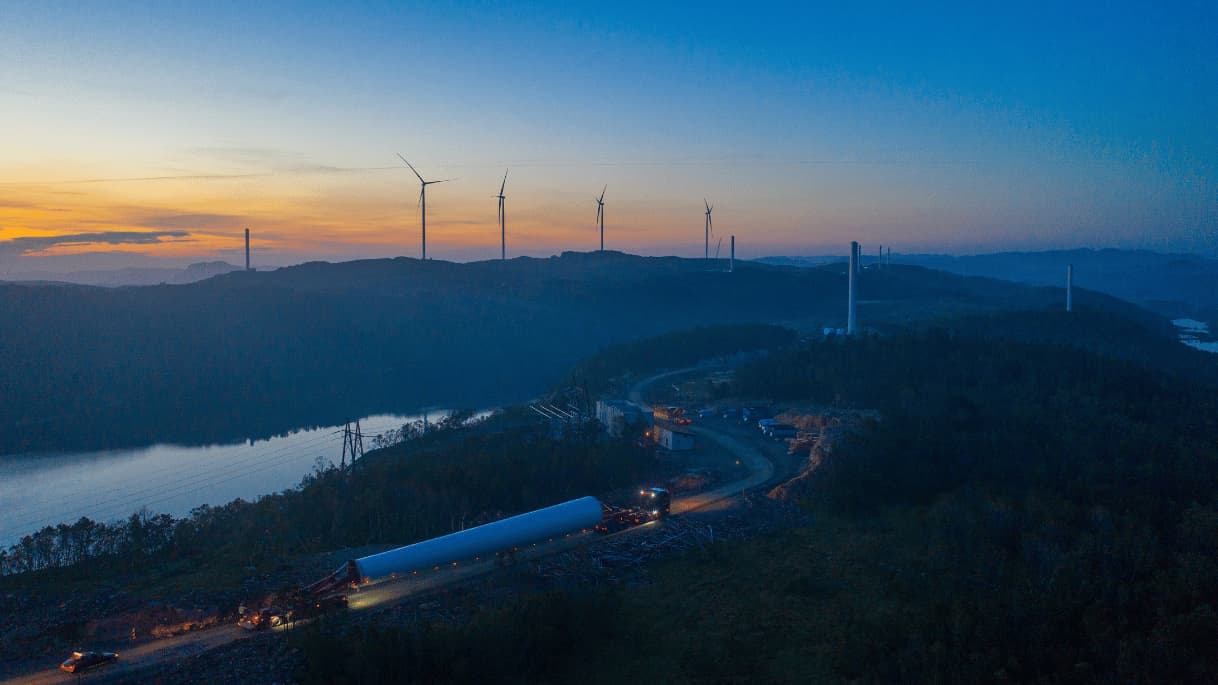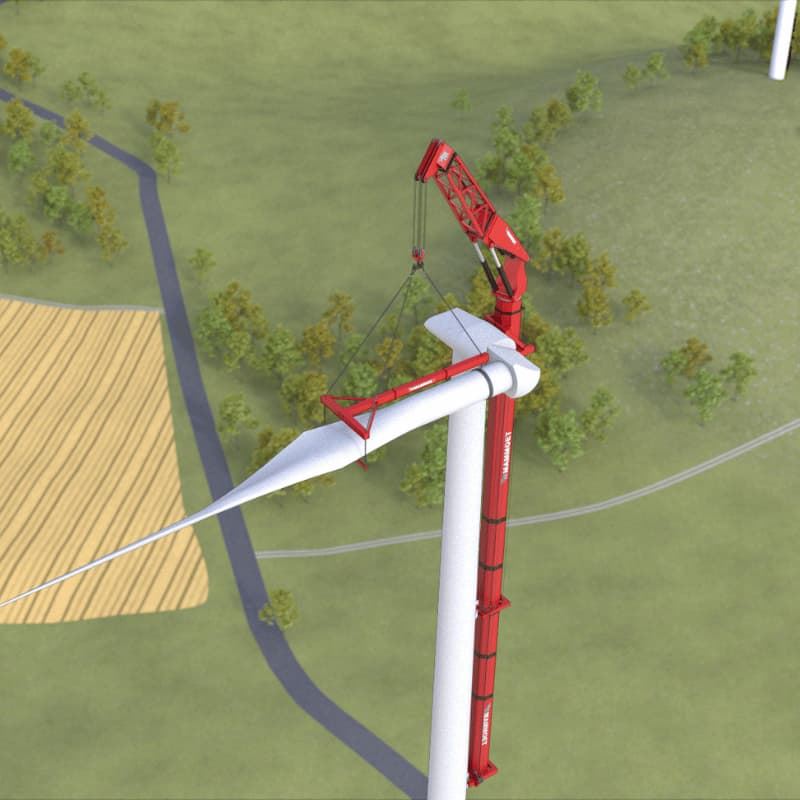MAKING THE ENERGY TRANSITION HAPPEN FASTER
MUST READ
The energy transition needs truly innovative thinkers; ensuring key renewable resources such as onshore wind energy can meet the world's demands.

MUST READ
The energy transition needs truly innovative thinkers; ensuring key renewable resources such as onshore wind energy can meet the world's demands.

There’s some irony here because the development of turbines as a viable way to capture wind power took far less time. In 1888 the American engineer Charles Brush created a small, automatically operated turbine to power his home. From 1896 until 1902, the Danish scientist and industry pioneer Poul la Cour developed his prototype system into a working source of power for the village of Askov which stood until 1958.
Today, the industry still strives for the same objective as la Cour – generating the maximum amount of energy from each and every asset. More energy from wind not only means we move closer to a zero-carbon future, but as turbines grow in size and output this also allows us to use fewer resources in their manufacture, installation, and maintenance – bringing down the cost of production.
While we have now settled on an optimal number of blades; pioneering work is continuing in how greater sizes of blade length and hub height can be achieved in order to increase output. This has led to expectations that onshore power generation will grow from an average of 2.8 MW per turbine in 2018 to as high as 5 MW by 2025.

Despite this progress, there has been little innovation in how turbine components are installed - and as they grow ever higher, the limits of conventional equipment will soon be reached both for assembly and maintenance. New solutions are required to ensure lifting technology does not become a bottleneck for the expansion of wind power.
Additionally, there are notable reductions to project schedules that could be made if new methods of handling and installing components could be found. Speeding up these elements whilst enhancing safety and accuracy would mean that assets could be online quicker, contributing to renewable energy levels and paying back the investment made in them sooner. Of course, boosting the construction phase in this way would lower the overall build cost.
We explored the multiple areas of onshore wind projects that could benefit from a fresh approach. As onshore hub heights grow to regularly surpass 165 m, fewer cranes will be able to operate at the required heights to install them.
Whilst it might be feasible to produce bigger cranes in existing formats - in particular tower cranes - this creates issues of its own, as there will be more parts to get to site, potentially greater groundwork requirements and lower resilience to wind conditions given the resulting profile of the crane. All of which could cause delays that have a large impact on schedule and related costs.

As turbines grow, more prime movers and trailers would be needed to get crane components to site; plus, a larger surface area would need to be prepared to create suitable hardstands at each turbine location for the crane to be erected and operate on. These factors would add significant time and cost to projects.
The answer was to reconsider how cranes supported themselves. The majority of crane components that need to be moved, mobilized , and demobilized between turbines are there only to support the lifting work. They take time and money to handle and increase the weight placed on the ground by lifting equipment and therefore the hardstand required, but do not perform assembly themselves. What if they could somehow be replaced?

This thinking led us to develop the Wind Turbine Assembly Crane (WTA), which instead uses the turbine tower itself as support.
The WTA operates using a system of anchor points located at the top and bottom flanges of each tower section.
Once a new section is installed, the WTA can be moved to it and the crane then pushes itself up to repeat the process.
This means that lifting height is virtually limitless – removing the barriers that are beginning to be faced by other crane formats. There are other key benefits too:
Optimized mobilization and demobilization. The WTA only needs nine trailer trips to be moved to and from site, making this element much more efficient than conventional alternatives.
Faster relocation process. Once on site, the WTA only needs 5 trailer trips to be moved from pad to pad.
Safer operations. The design of the WTA puts the crane and the operator closer to the work area, making assembly both safer and easier.
Very limited size of hardstand required. This reduces the need for civil works on site, and therefore costs.
Greater resilience to weather-stopping play. The WTA is capable of operating at wind speeds of up to 20 meters per second, compared to around 10 meters per second for other cranes. This means it is less likely to have to stop working if poor weather is faced.
Lower carbon emissions. The WTA is powered electrically, while the reduced requirement for civil, mobilization and relocation work also helps to minimize emissions through a reduction in work on site, and mobilization of construction equipment to and around site.
The push for larger onshore wind turbines to achieve lower production costs will play a key role in de-carbonizing our planet. But the technology used to install these assets must keep pace to ensure we can make the transition as fast as possible. Mammoet’s WTA achieves this – helping to install greater hub heights with less demand on schedules.